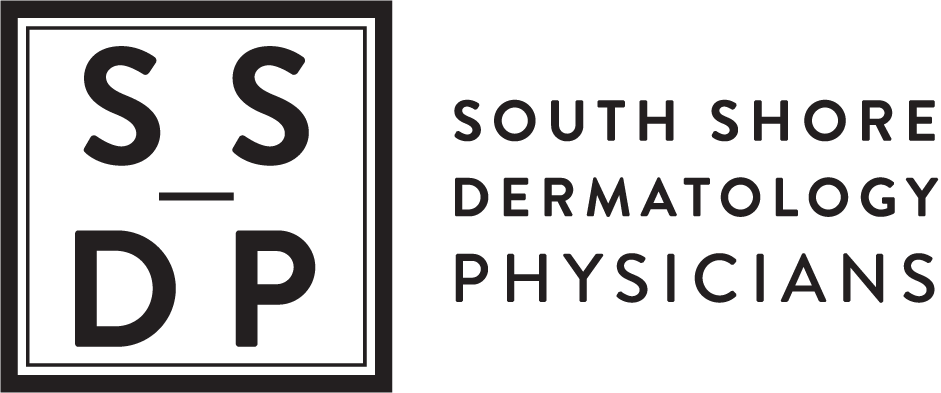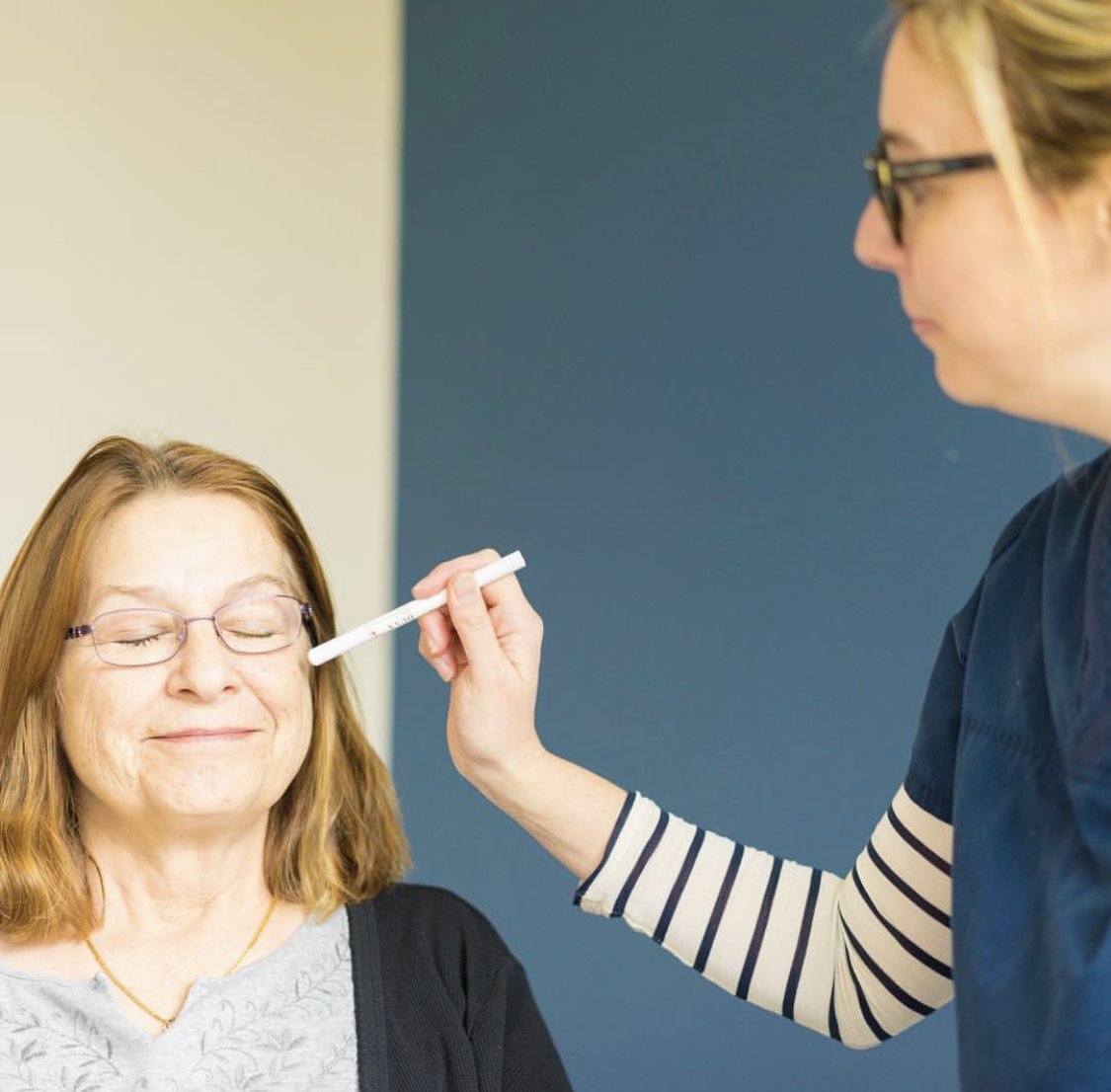Photodynamic Therapy (PDT)
Learn more about photodynamic therapy (PDT) and how it can help patients.
What Is PDT?
PDT is a medical treatment that combines a light source and a photo-chemically activated medication to eliminate abnormal cells caused by sun damage.
PDT’s Most Common Uses for the Skin
Photodynamic therapy is a very effective treatment for actinic keratosis. Actinic keratoses are sun-induced premalignant lesions found on sun-exposed skin. One major advantage to PDT is that it will treat lesions that cannot yet be seen, making it also a preventative therapy.
PDT can also be used to treat nonmelanoma skin cancer and acne and has been shown to have skin rejuvenating effects often enhancing the overall appearance of the complexion.
Your dermatologist can evaluate whether PDT is right for you.
Actinic Keratosis Treatment with PDT: What to Expect
PDT is in-office, convenient, and involves no home applications.
Before Treatment
Your dermatologist will provide detailed pre-treatment instructions, including discontinuing all topical retinoids 48 hours prior to treatment, bringing protective clothing such as a hat and facial covering to your appointment, and planning to avoid natural sunlight for 48 hours after treatment. View our patient instructions.
During Treatment
The process generally involves several steps. Keep in mind that variations in the application and treatment process are constantly evaluated and continue to evolve. Your dermatologist may follow a different protocol.
The first step involves cleansing the area to be treated. An initial soap and water cleansing by the patient may be performed, followed by a vigorous alcohol and/or acetone cleansing by your dermatologist.
The procedure works best on thin or flat actinic keratoses. If the lesions are thick or elevated to the touch, your dermatologist may scrape them with a medical device called a curette to flatten them and make them more amenable to treatment—this is called curetting.
The next step involves applying a chemical (Levulan). The solution is then allowed to absorb into the skin (the incubation time.) Most protocols currently use a one-to-two hour incubation time for the head and neck and one-to-three hours on the arms and hands.
Once the proper incubation time has elapsed, the excess product may be washed off the skin and the patient is positioned so the treatment site will be exposed to a light source.
Protective eyewear is put in place and the light source will be turned on.
The light source emits a specific wavelength that will activate the chemical applied to the skin.
The most commonly used device is a U-shaped box that emits blue light. However, other devices and red light sources, as well as lasers, are sometimes utilized as well.
In the case of the U-shaped light source, it will usually be activated for 16 minutes and 40 seconds, delivering a specific amount of energy.
The intensity of the treatment can be increased either by increasing the incubation time or the duration of the light source.
After Treatment
Protection from the sun and bright light are critical. After the treatment, light protection is essential for 48 hours, since the applied chemical stays active. Patients are expected to remain indoors for 48 hours after the treatment. It’s important to physically avoid light sources such as sunlight/bright light for the next two days—sunscreen isn’t enough. Otherwise, patients can resume normal activities.
Treatment discomfort varies from person to person. The immediate post-treatment results are typically similar to a sunburn. The reaction is actually due to the activation of the chemical that was applied to the skin, but similar to a sunburn, there may be itching, stinging, burning, redness, and scaling. Stinging or burning sensations can be helped by using a fan or other cooling mechanisms. Any scaling should be allowed to fall off—no picking!
View more post-treatment information.
Total resolution usually takes one to six weeks. Most patients need a second treatment around three weeks or later after the first. As with many skin treatments, future periodic maintenance treatments can be expected.
Any questions? Consult one of our board-certified dermatologists. Please contact SSDP to schedule an appointment with any of our physicians.




